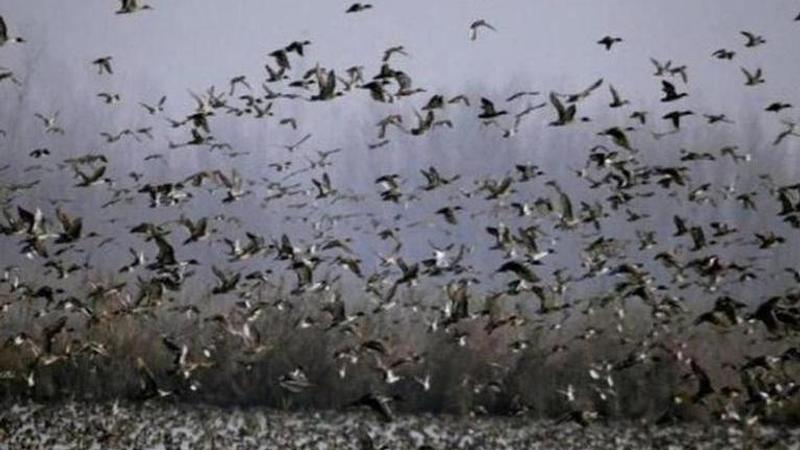Published 17:40 IST, February 17th 2020
Population of most migratory species on global endangered list declining: Report
Despite some success stories, the population of most migratory species protected under the Convention on Migratory Species (CMS) is declining, according to a report.

Despite some success stories, the population of most migratory species protected under the Convention on Migratory Species (CMS) is declining, according to a report.
The report was cited by CMS officials at the 13th Convention on the Conservation of Migratory Species of Wild Animals (CMS COP13) on Monday.
CMS Executive Secretary Amy Fraenkel, however, said it is an initial finding and called for policy support and funding to undertake a full assessment of the status of migratory species.
It was found that there is some decline in the population of majority of the migratory species protected under the CMS, Fraenkel told reporters at the conference being held at Mahatma Mandir here.
"What we need to figure out (is) what this means. We need to look at better data to find out individual species... We need to do more and pay some attention on the status of these species to focus our strategy, our funding and our efforts," she said.
"I have to caution that it is an initial study, and what we are calling for here at the COP is actually policy support and funding to go forward to the full-blown assessment of the status of migratory species," she said, adding that it will be like a flagship report from the CMS on every conference of parties (COP).
The CMS is a multilateral treaty dedicated to addressing the needs of migratory species and their habitats on a global scale.
Appendix I of the CMS comprises migratory species that have been assessed as facing the threat of extinction throughout all or a significant portion of their range. It includes 173 species from across the globe.
Appendix II covers migratory species that have an unfavourable conservation status and require international agreements for their conservation and management.
It also includes those species that have a conservation status which would significantly benefit from international cooperation that could be achieved through an international agreement.
Minister of State for Environment, Forest and Climate Change Babul Supriyo told reporters that three species from India will also be included in Appendix I of the CMS -- Great Indian Bustard (GIB), Asiatic elephants and Bengal Florican.
Gangetic Dolphin has also been included in the CMS for concerted action, the officials said.
India is set to showcase the GIB conservation breeding programme and how the country has done that and activities related to the Central Asian Flyway to make routes for migratory birds eco-friendly.
Birds from 30 countries migrate to India every year, Supriyo said.
In all, 10 new species are expected to be added to the CMS, the officials said.
Besides the three species from India, Jaguar, Little Bustard, Antipodean Albatross and Oceanic Whitetip Shark will be added to Appendix I, they said.
Urial, Smooth Hammerhead Shark and Tope Shark are proposed to be added to Appendix II, they added.
The COP13 will also consider the need for guidance and implementation tools to mitigate the impact of linear infrastructure such as roads and railways on migratory species, among others, the officials said. The conference began on February 15 and will conclude on February 22.
Updated 17:40 IST, February 17th 2020




